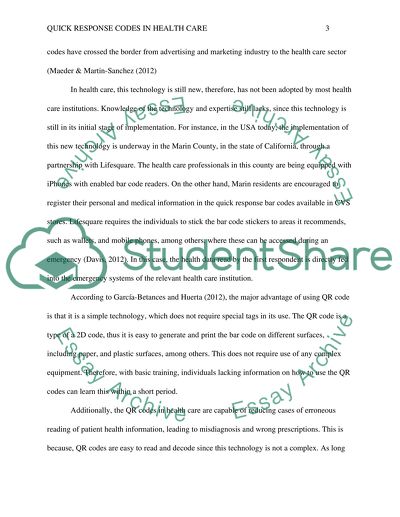Cite this document
(“Use of Quick Response Codes in Health Care Research Paper”, n.d.)
Use of Quick Response Codes in Health Care Research Paper. Retrieved from https://studentshare.org/nursing/1472053-we-can-but-should-we-use-of-quick-response-codes
Use of Quick Response Codes in Health Care Research Paper. Retrieved from https://studentshare.org/nursing/1472053-we-can-but-should-we-use-of-quick-response-codes
(Use of Quick Response Codes in Health Care Research Paper)
Use of Quick Response Codes in Health Care Research Paper. https://studentshare.org/nursing/1472053-we-can-but-should-we-use-of-quick-response-codes.
Use of Quick Response Codes in Health Care Research Paper. https://studentshare.org/nursing/1472053-we-can-but-should-we-use-of-quick-response-codes.
“Use of Quick Response Codes in Health Care Research Paper”, n.d. https://studentshare.org/nursing/1472053-we-can-but-should-we-use-of-quick-response-codes.


